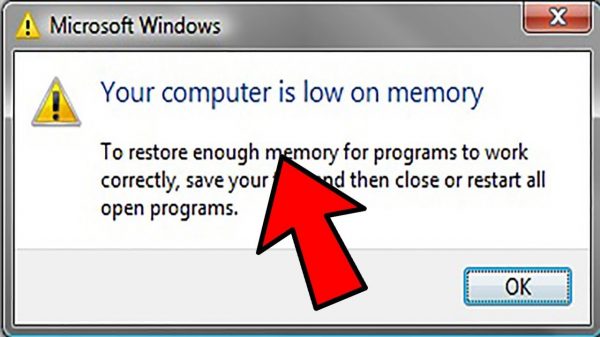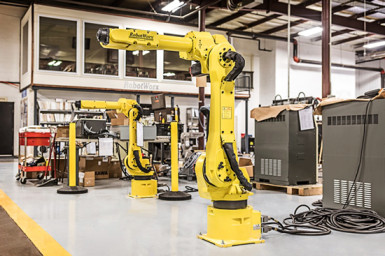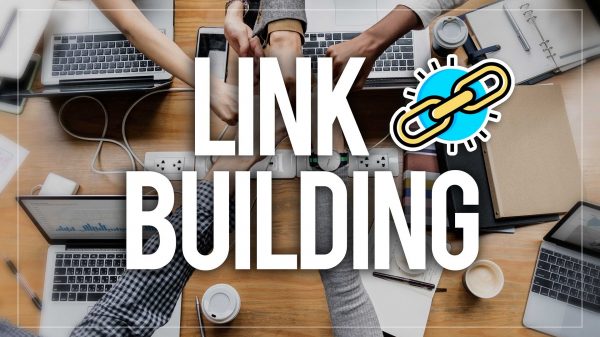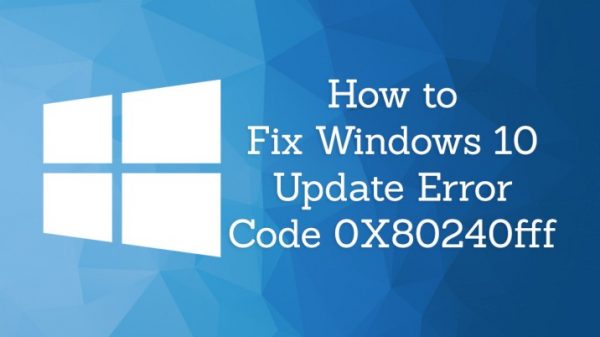When playing some of the most demanding realistic games on computers, it might be difficult for regular computers to deliver fluid screenplays without any unusual elements to their customers (upgraded RAM or an upgraded GPU). When it comes to a sensual script, a good GPU is thought to be the most critical aspect. Tiny pixels make up the images you see on your laptop screen, and a typical screen display contains more than 2 million pixels—the CPU functions in conjunction with many software programs.
It transmits the information to the GPU, which uses it to make decisions on how to use each pixel on the screen to produce an image. This data is then transmitted to the monitor. Although the function of a graphic card is relatively complicated, its fundamentals and parts are simple to comprehend. The computer must select what to do with each pixel to build an image. This requires a translator, which can take the CPU’s binary code and translate it into the user’s preferred picture format.
However, upgrading a graphic card is often not considered when designing laptops. They don’t have enough space, so eventually, it gets rather tricky to replace our parts. Because of this issue, people frequently inquire about how to upgrade a laptop‘s graphics card. This essay will therefore provide you with a precise understanding of how to do this. Due to the significant demand and supply gaps, obtaining a great GPU is now exceedingly difficult and practically impossible. The top brands are Nvidia, AMD, Asus, and Intel. These companies create expensive GPUs that broadcast, play, and operate the most demanding video games.
What about the CPU?

To Intel’s dismay, many gamers don’t actually need to use the fastest CPU if “all” they do is play games. You might require the newest and best CPU if you’re concerned about battery life or do a lot of video encoding and editing. The P150EM’s chip is quite good: The standard clock speed of the quad-core Ivy Bridge is 2.7GHz, and it can be turbocharged to 3.7GHz.
Although Haswell is undoubtedly a superior CPU, Ivy Bridge is still used today. This vintage war horse’s CPU doesn’t need to be upgraded, as seen in the example below. The Core i7-4720HQ is roughly at the same pace as the older Ivy Bridge CPU in the EuroCom P150EM in terms of pure multi-threaded performance.
Can You Change the GPU in a Laptop?
Sadly, the response is somewhat underwhelming. The graphics card of a laptop cannot be upgraded. The only way to enhance your gaming experience is to purchase a new laptop. This suggests that, unlike a desktop PC, the GPU (graphics processing unit) is not removable and is instead permanently connected to the motherboard.
Since the graphics processing unit (GPU) is commonly found in modern laptops, improving the graphics necessitates buying a new CPU. For instance, Intel utilizes the same GPUs, or nearly the same ones, all the way up to the Core i7 model. Therefore, even if you upgrade your processor, you won’t notice an improvement in graphics performance.
Additionally, your warranty will be worthless when you open up your laptop and start tinkering with its internals.
A desktop is the best option for playing PC games because it is less expensive and provides significantly better performance. However, not everyone will find this to be the best solution. There are some workarounds to address this problem as a result.
Can you upgrade a laptop’s graphics card?
Sadly, no new laptops are on the market now with upgradeable graphics cards. Although an Alienware laptop was tested a few years ago, the concept was shelved due to a lack of demand.
So, no, you cannot upgrade the GPU on your laptop.
But why is that?
I’ll explain.
SOC (system on a chip) (system on a chip) GPUs
The GPU (graphics processing unit), or graphics card, is a component of the CPU in most laptops.
This is a system on a chip or SOC. An Intel i5-10600k SOC is an excellent illustration of a SOC. The CPU and GPU are carved into the same silicon chip in this SOC. the term “system on a chip” was coined.
These SOCs are very common for laptops for several reasons.
- They occupy much less space than a system with a separate CPU and GPU.
- Because cooling solutions are more compact and straightforward, they cost less to produce.
- Because the CPU and GPU are integrated, the laptop can be smaller and lighter.
- The laptop uses less power because the CPU and GPU are integrated.
- GPUs with solder
- It will be physically impossible for the GPU to be integrated with the CPU in a SOC configuration if the laptop has a more potent GPU, such as an RTX 3080 mobile edition. The GPU will then be directly connected to the motherboard in that scenario.
- In contrast, a desktop GPU has its PCB board that is soldered onto it and fits into a motherboard’s PCIe slot.
Again. The following are the significant justifications for soldering a strong GPU onto a motherboard as opposed to using a PCIe card system:
Laptops become thinner due to saving space by soldering the GPU to the motherboard.
Once more, cooling methods are streamlined to reduce costs.
The manufacturer can place GOPu anywhere they like to support the design of their particular laptop because the GPU is integrated into the motherboard.
Unfortunately, modularity—like what you’d get in a desktop PC—takes much more room. Modularity must be forgone if ultra-thin computers are desired.
The market has spoken, and we want thin, streamlined laptops. We have repeatedly voted with our wallets to say “yes” if trading in modularity and upgradeability for SOC and soldering is the price of a waistline that is getting smaller and smaller.
Is your laptop too slow?
It could be a symptom of typical wear and tear if your laptop is operating more slowly than it once did. You can do a few things to get your computer running more swiftly and more like it did when you first took it out of the box.
Start by determining how much available space there is. For instance, opening apps or data on your laptop may need tremendous patience if the hard disc is nearing capacity.
Alternately, a lack of RAM, which supports your applications, may be to blame. Even though adding more RAM won’t completely address your performance issues, it can relieve some of the burdens on your CPU and speed up processing.
Upgrade your graphics card:
Many people are interested in learning how to improve their laptop’s graphics card (GPU), usually for gaming purposes. Your GPU is typically soldered onto the motherboard, similar to your CPU, making it challenging to change.
Surprisingly, you may increase your graphics capability by purchasing an external device that plugs into your USB port. You’ll receive better graphics output, allowing you to supplement your laptop’s screen with a second monitor.
If you want to add a CD/DVD drive:
 Since streaming has made discs less popular than they once were, most modern laptops don’t include an integrated disc drive.
Since streaming has made discs less popular than they once were, most modern laptops don’t include an integrated disc drive.
Fortunately, you may get an external optical drive if you occasionally want to view a DVD or play a favorite game from a few years ago. You only need to put the drive into a USB port to start, making it one of the more straightforward modifications you can do.
How to upgrade your laptop for gaming:
Most of the time, upgrading your laptop’s graphics card won’t give you a better gaming experience. As we just established, the majority of modern laptops have integrated graphics cards that are soldered directly onto the motherboard, allowing for minor customization.
There are some ways that you can boost your gaming experience:
Clean your laptop physically. Dust and debris can interfere with operation by obstructing airflow, which leads to overheating.
Although Windows defragments your files automatically, you may also wish to check the defrag state manually.
Ensure that DirectX is current. By entering “dxdiag” into the menu, you can find out what version you’re using. Run a Windows update after that to increase your gaming-related gear’s performance.
Your graphics card can be overclocked using tools that will allow you to increase your GPU’s voltage and clock frequency. The program has a hardware monitor so that you can keep an eye on system stability. Here, it would help if you were cautious. The chance of your computer overheating and shutting down increases with overclocking; let’s face it; it doesn’t exactly make for the most pleasurable gaming experience. Exercise caution because it can jeopardize your manufacturer’s warranty.

























































































